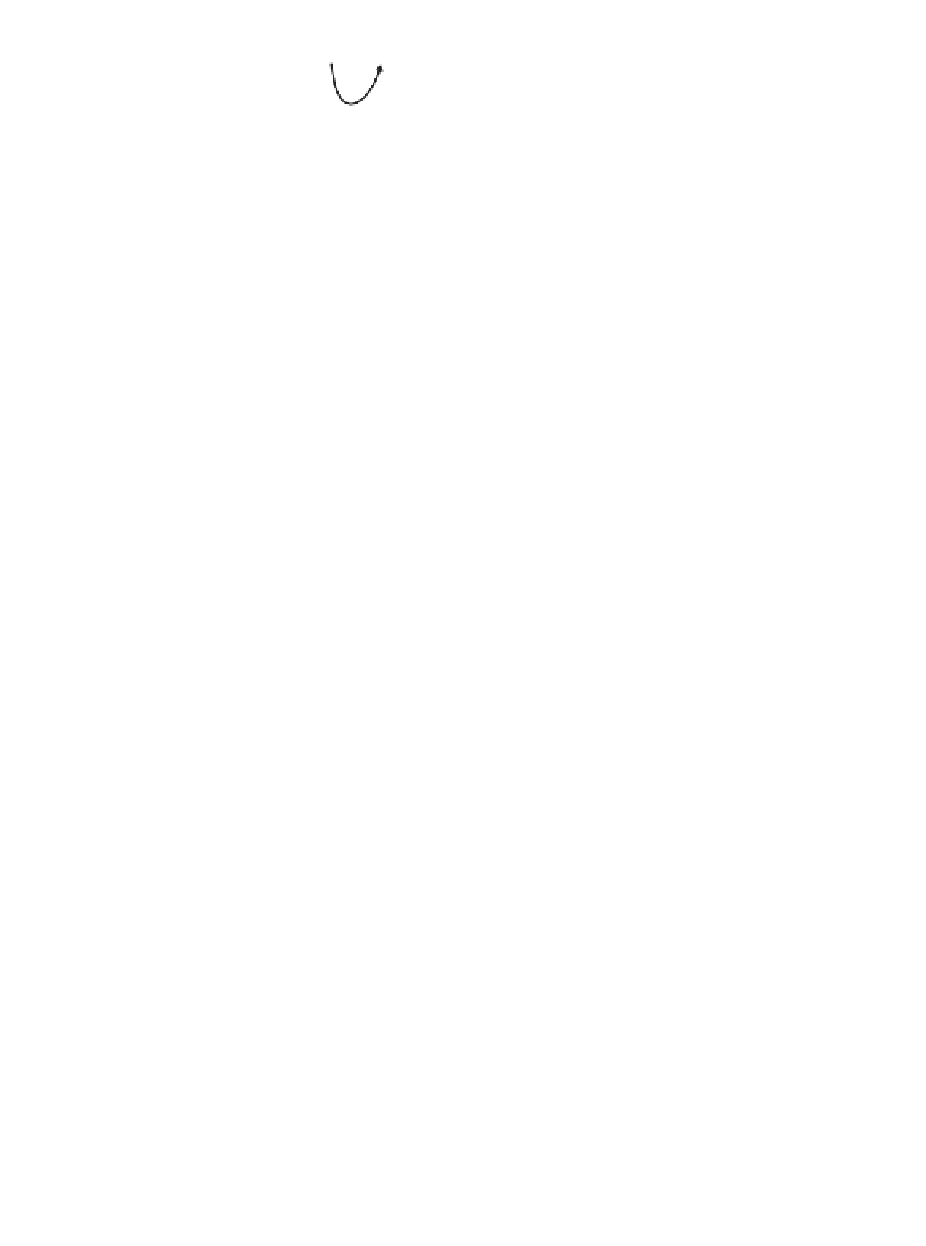Biomedical Engineering Reference
In-Depth Information
O
2
O
2
NAD(P)
+
LOOH
Vitamin E
Ascorbate
Glutathione
Vitamin E
Cycle
Vitamin C
Cycle
Thiol
Cycle
Vitamin E
Radical
Dehydro-
Ascorbate
Glutathione
Dimer
NAD(P)
+
+H
+
LOO
Ubiquinols
Ubiquinones
FIGURE 6.3
The vitamin E regeneration cycle. Synergistic action of water and lipid soluble
components. LOOH = lipid hydroperoxide; LOO· = lipid peroxy radical. (Adapted from
Tappel
18
and Packer.
19
)
well as regenerating the radicals of tocopherol (
Figure 6.3
).
Regeneration of toco-
pherols, an important part of other metabolic pathways, occurs in three ways: first,
via the ascorbate cycle; second, through action of ubiquinols and ubiquinones; and
third, by transferring oxygen radicals into ground state oxygen (Figure 6.3).
-Car-
otene, the main precursor of vitamin A and an efficient quencher of singlet oxygen,
can also function as an antioxidant.
16,17
β
F
OOD
A
NTIOXIDANTS
Antioxidants, as defined by the U.S. Food and Drug Administration (FDA), are
substances used to preserve food by retarding deterioration by rancidity or discol-
oration due to oxidation.
20
They are compounds present in small quantities capable
of preventing or retarding oxidation of oils and fats.
21
Antioxidants can act in cell
membranes and/or food products by: (1) scavenging free radicals, which initiates
oxidation; (2) inactivating metal ions; (3) removing reactive oxygen species such as
oxygen radicals; (4) breaking the initiated chain of reactions; (5) quenching/scav-
enging singlet oxygen; (6) destroying peroxides to prevent radical formation; and
(7) removing oxygen and/or decreasing local oxygen concentration/pressure.
20-22
They can be classified as primary, secondary, or synergists, depending on their
particular function (
Figure 6.2
).
A number of synthetic and natural antioxidants are
used commercially to stabilize food products or pure animal fats and vegetable oils.
An antioxidant acceptable for food use must meet several essential requirements:
effectiveness at low concentrations, compatibility with substrate, absence of sensory
influence, non-toxic, and not affecting physical properties of food products.
15
Primary Antioxidants
This group of antioxidants donates hydrogen atoms to free lipid radicals to terminate
free radical chain reactions by forming stable products. Such antioxidants include
polyhydroxy phenolics as well as the hindered phenolic components listed in
Figure 6.2. In addition, many natural phenolic compounds including flavonoids,
eugenol, and other components from herbs and spices also form part of this group.




Search WWH ::

Custom Search